Since 1985, when Athens was first to be chosen as European Capital of Culture, the flagship initiative by the European Union has turned the spotlight on more than 60 different cities by supporting a year-long celebration of art and culture. Over time, the project’s shape has been resculpted significantly – and this year’s title holders are testament to that.
“In the beginning, this was a festive moment celebrating what you already have, and showing it to the world,” says Sylvia Amann, a member of the European Capital of Culture selection and monitoring panel from 2015 to 2020. This approach went hand in hand with an understanding of culture that put prestigious institutions at its centre. “Cultural development was very much investment-oriented in the sense that cities would be able to establish themselves as cultural hotspots,”, she explains, adding: “It was about emblematic buildings, major events, masses of people, star architects, and so on.”
The selection of rural areas and small-sized towns shows a change of tack. The message is clear: it is about potential more than the status quo, a thought process that plays an important part in the selection criteria. Today, the title is tied to regional and rural development, social inclusion, and ecological approaches such as making use of defunct buildings rather than constructing new ones, Amann explains.
This kind of capacity building, if done well, doesn’t just help cultural development but also the city or region as a whole
Cultural sustainability – or ‘legacy’ in EU lingo – plays an important role as well. “It’s not: we’re doing a project, writing a report, and it’s done,” Amann clarifies. There are many different ways to bring about this kind of strategic cultural development – from investing in infrastructures and creating long-term initiatives, to supporting already existing art communities by transforming vacant spaces into exhibition areas.
“This kind of capacity building, if done well, doesn’t just help cultural development but also the city or region as [a whole]. If you invest in people, you can [encourage them to] stay,” says Amann, underlining the potential for regional development.
Aleksandr Fadeev, international relations co-ordinator for Tartu 2024, puts it this way: “From our perspective, the most important long-term impact is the professional development of local cultural organisers,” he says, adding: “Holding the European Capital of Culture title has a strong economic effect on the host city and region’s economy. At best, every €1 allocated in the budget has made the region a profit of €5 to €6, considering the revenue generated by tourists, additional investments, co-financing and the rise in the area’s prominence.”
This year’s European Capitals of Culture – or rather regions – perfectly embody the changed concept of the initiative. Bodø is the first to be located within the Arctic Circle and, with Salzkammergut, puts rural regions in the starring role instead of a city with an urban context. Tartu, Estonia’s second-largest city, is teaming up with the country’s south.
To give you a taste of what’s to come, we’ve dipped into all three jam-packed programmes to bring you some cultural travel inspiration.
Bodø
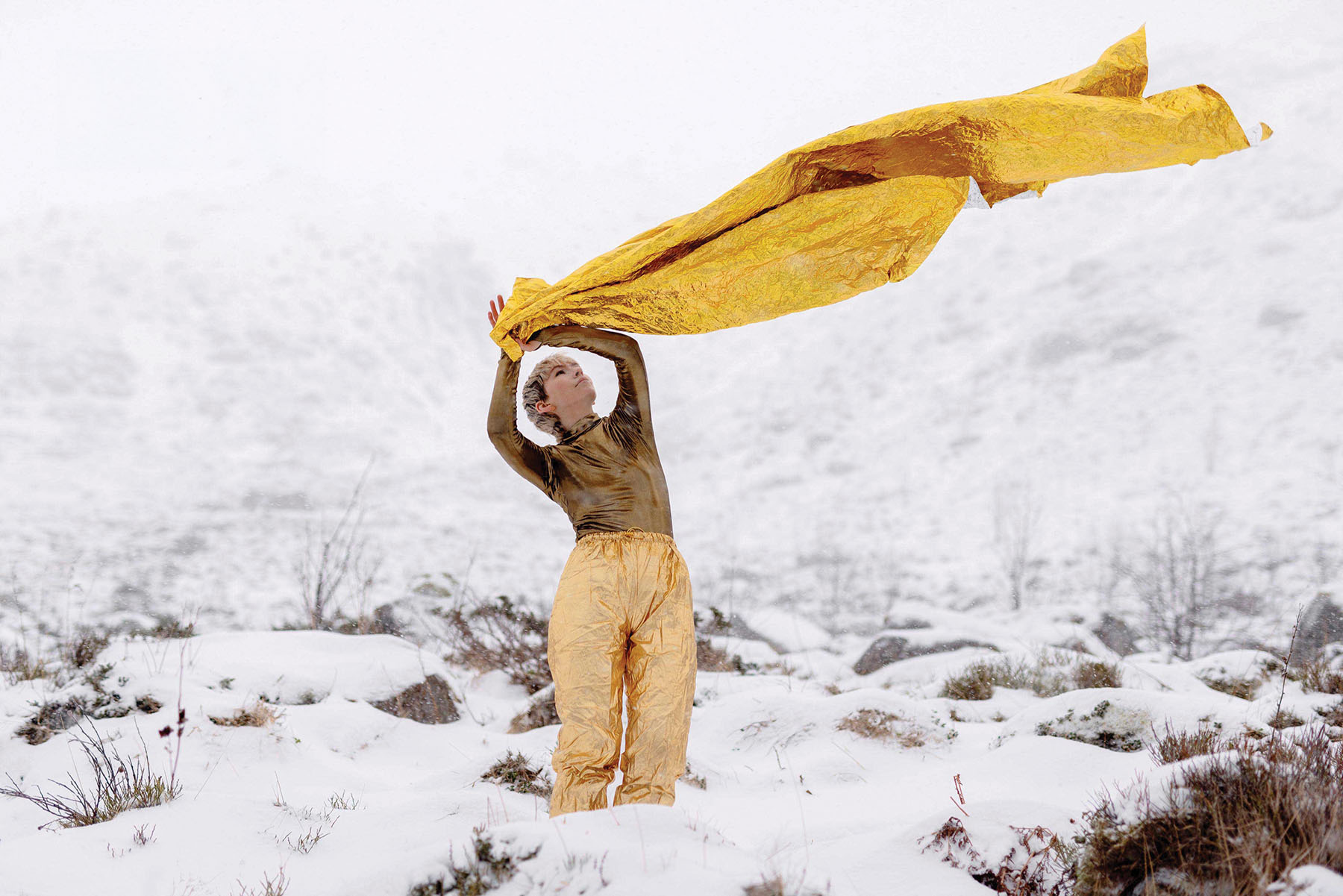 Bodø is the first European Capital of Culture to be located within the Arctic Circle
Bodø is the first European Capital of Culture to be located within the Arctic Circle
While Norway is not an EU Member State, Bodø was eligible to apply as a member of the European Free Trade Association (EFTA) and the European Economic Area (EEA).
A coastal city within the Arctic Circle, Bodø’s geographical location in the midst of wild nature strongly influences its cultural life. Accordingly, the 2024 programme, which includes more than 1,000 events throughout the year and also expands into the wider Nordland region, boasts highlights for art and nature aficionados alike.
Celebrating its coastal culture, the opening ceremony in February will take place on a floating stage in the city’s harbour, and the Kjerringøy Land Art Biennale in July will present works outdoors, merging artistic creations with the Nordic landscape.
Paying tribute to the importance of the Sámi community – the indigenous people of Norway with an estimated population of 80,000 spread throughout Finland, Sweden, Norway and Russia – the programme includes displays of Sámi culture throughout the year, revealing its closely-knit relationship with the land, the ocean and animals. One highlight is the Sámi Trilogy, showcasing Sámi theatre and music with a focus on climate change.
Light festivals and a celebration on midsummer’s night signify the impact light has on local life. And as well as art, visitors can experience natural phenomena such as the midnight sun and the northern lights.
Salzkammergut
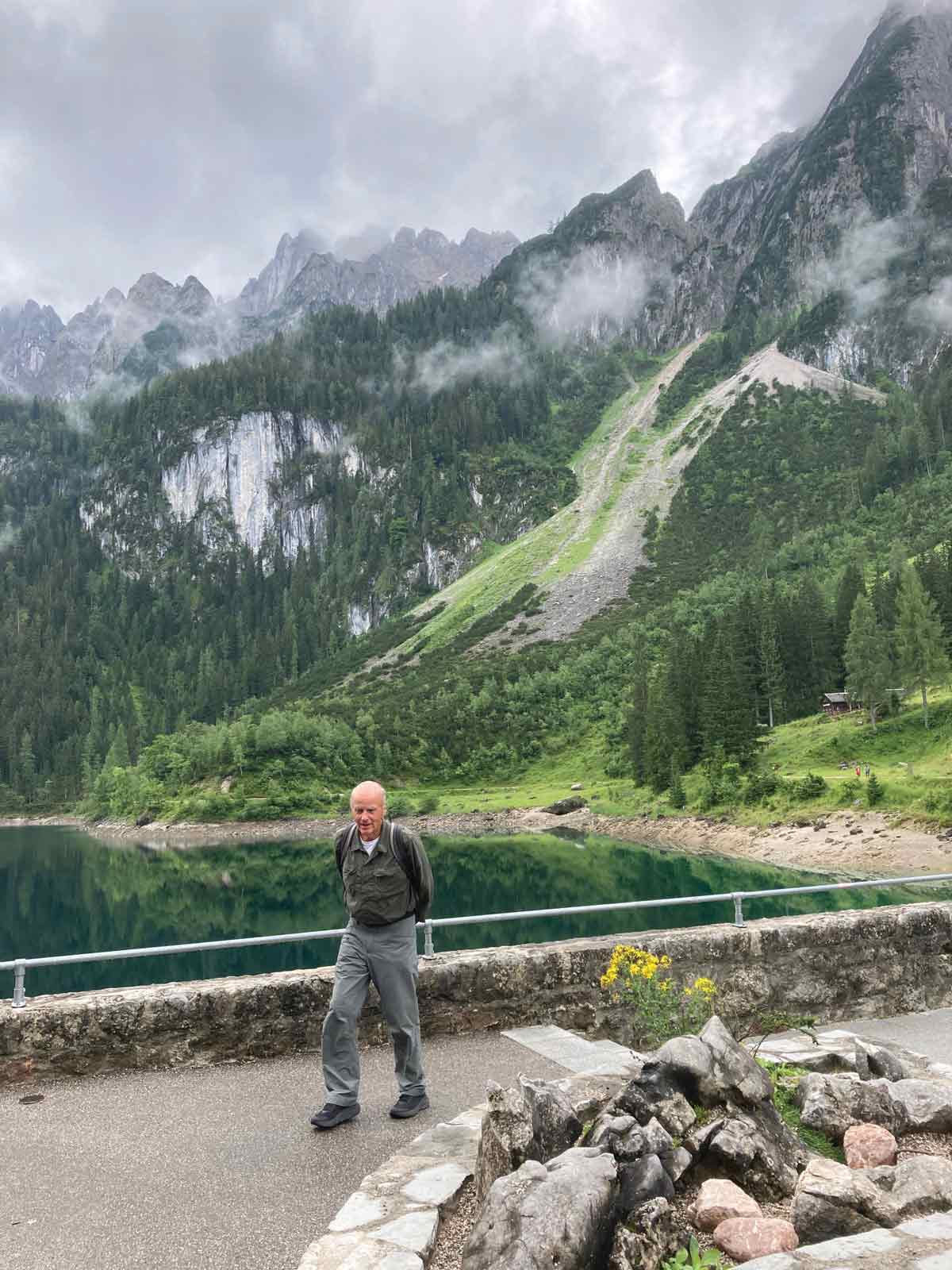 'Walking artist' Hamish Fulton on the Salt Trail
'Walking artist' Hamish Fulton on the Salt Trail
After being named Unesco World Cultural and Natural Heritage Region, the inner alpine region whose spectacular landscape has been shaped by 7,000 years of salt mining has now won a second prestigious title.
While the spa resort of Bad Ischl serves as the main meeting point, the spotlight will shine on the 23 towns and villages of Upper Austria and Styria. Transport will flow through a new art route developed with the Austrian Federal Railways, operating between Attnang-Puchheim and Tauplitz.
Marrying the new with the old, the varied programme aims to bring new perspectives to the historic region while showcasing ancient local traditions. The opening ceremony will feature one of the oldest forms of communication in the alpine world – yodelling – performed by a chorus of 1,000 people.
Salt plays a lead role in the Sudhaus (meaning ‘brewhouse’) exhibition in Bad Ischl. Once called ‘white gold’, salt is the focus for the works by more than 20 international artists in the form of sculptures, installations, film, photo and sound works.
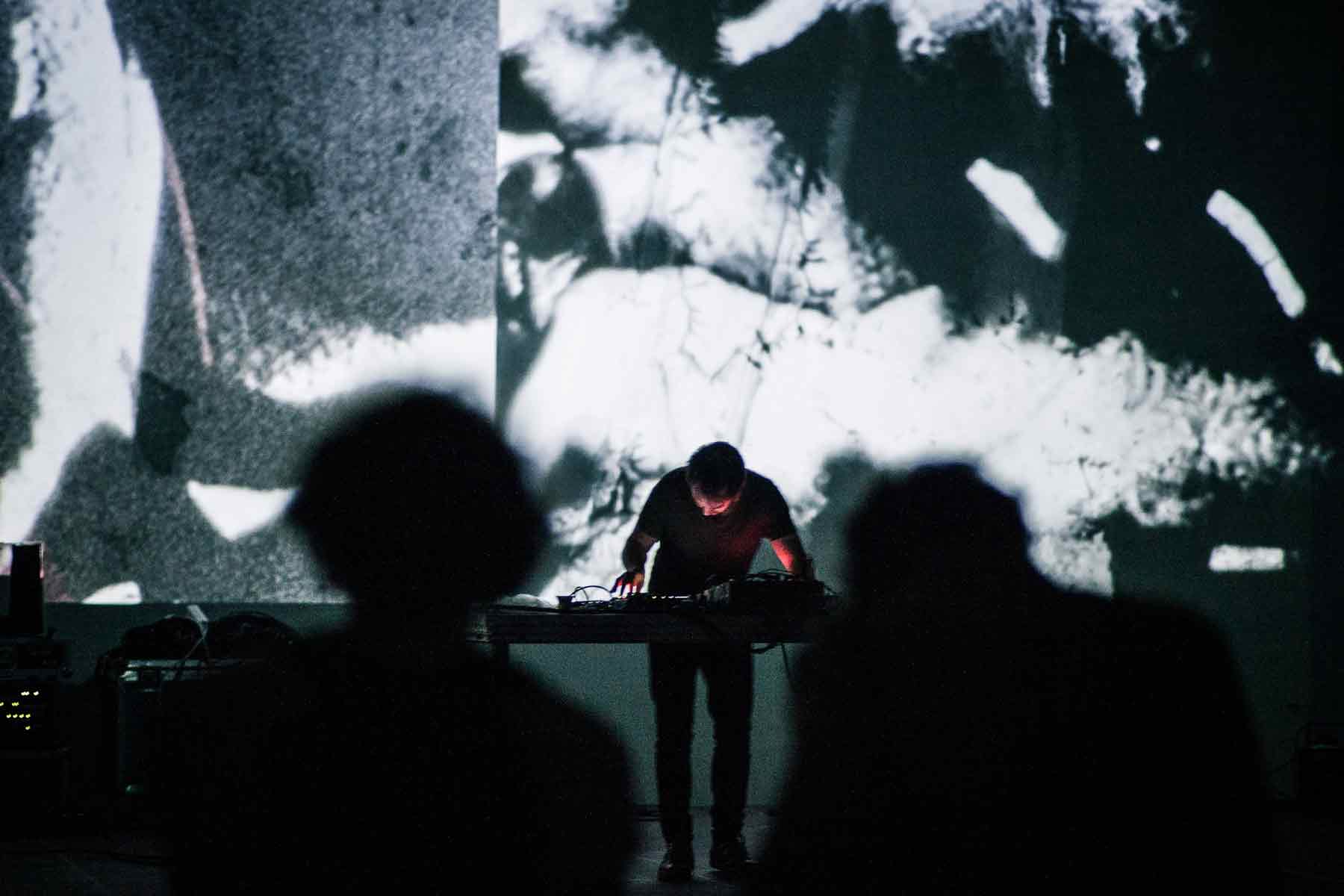 New Salt, a festival for sonic exploration and digital art
New Salt, a festival for sonic exploration and digital art
Another must-see is The Journey of Paintings, an exhibition based on the region’s role during the Second World War when Salzkammergut was a shipment point and rescue site for works of art. The exhibition at Lentos shows a selection of paintings acquired, stored and saved there.
It is no secret that the LGBTQ community faces challenges in rural areas. That’s why drop-in centres and photo and film projects about queer life in the area aim to establish meeting points and an infrastructure for an active queer community that will continue to exist beyond the end of the programme.
The icing on the cake involves celebrated ‘walking artist’ Hamish Fulton, who has been translating his hikes into a variety of media including photography, illustrations and wall texts since the 1970s. Covering the Salt Trail, which refers to the salt mines that were located here and belonged to the Habsburg monarchy, Fulton will hike several historic paths in the area on seven consecutive days. “The Salt Trail must be contrasted with the glacier. The human story with the ice age. Today, man has caused the glaciers to melt. The Salt Trail is not to blame for the melting of the glaciers, but it is an early example of human commercialisation that we need to relate to nature,” he says.
Tartu and southern Estonia
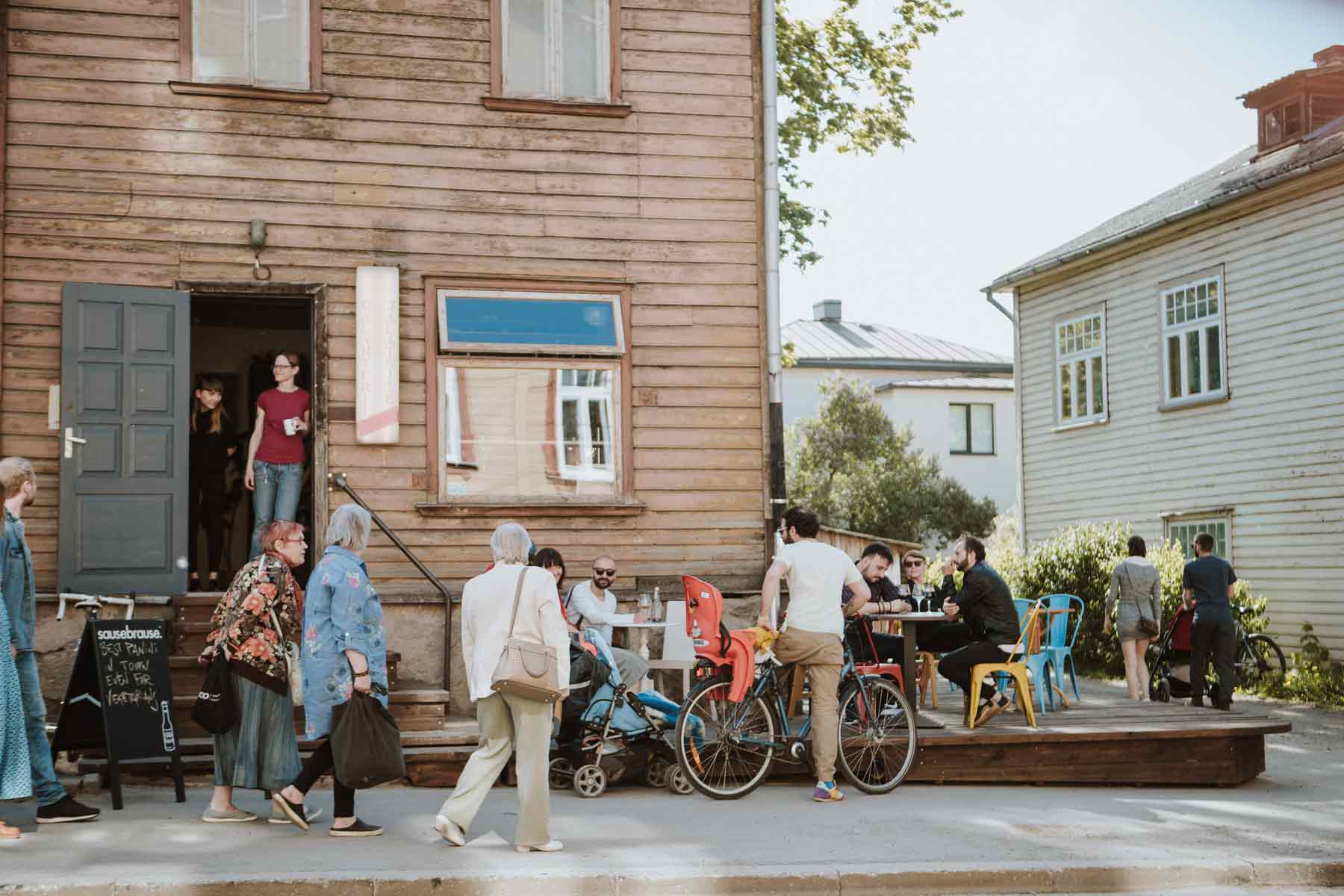 The artsy Karlova district in Tartu
The artsy Karlova district in Tartu
The oldest city in the Baltic states, Tartu is home to one of the oldest universities of Europe as well as many modern research centres and software companies, and is the birthplace of Estonian theatre. Dubbed the ‘city of good thoughts’ and the ‘Athens of the Emajõgi river’, it has long been considered a hub for innovation and science.
The multifaceted programme, featuring more than 1,000 events across 350 projects, honours both traditional and contemporary practices, from folklore to street art.
While Crowing Linda, which takes place in the former Linda ‘kolkhoz’ or collective farm, now a community centre, revives the tradition of long-table harvest parties, Winter Trails pays tribute to history in a different way. The project in the Emajõe-Suursoo wetlands includes hikes, film nights, meetings with historians and writers, concerts and exhibitions. It explores a globally unique network of historical seasonal winter roads that once played a crucial role connecting isolated communities across lakes, swamps, and bogs.
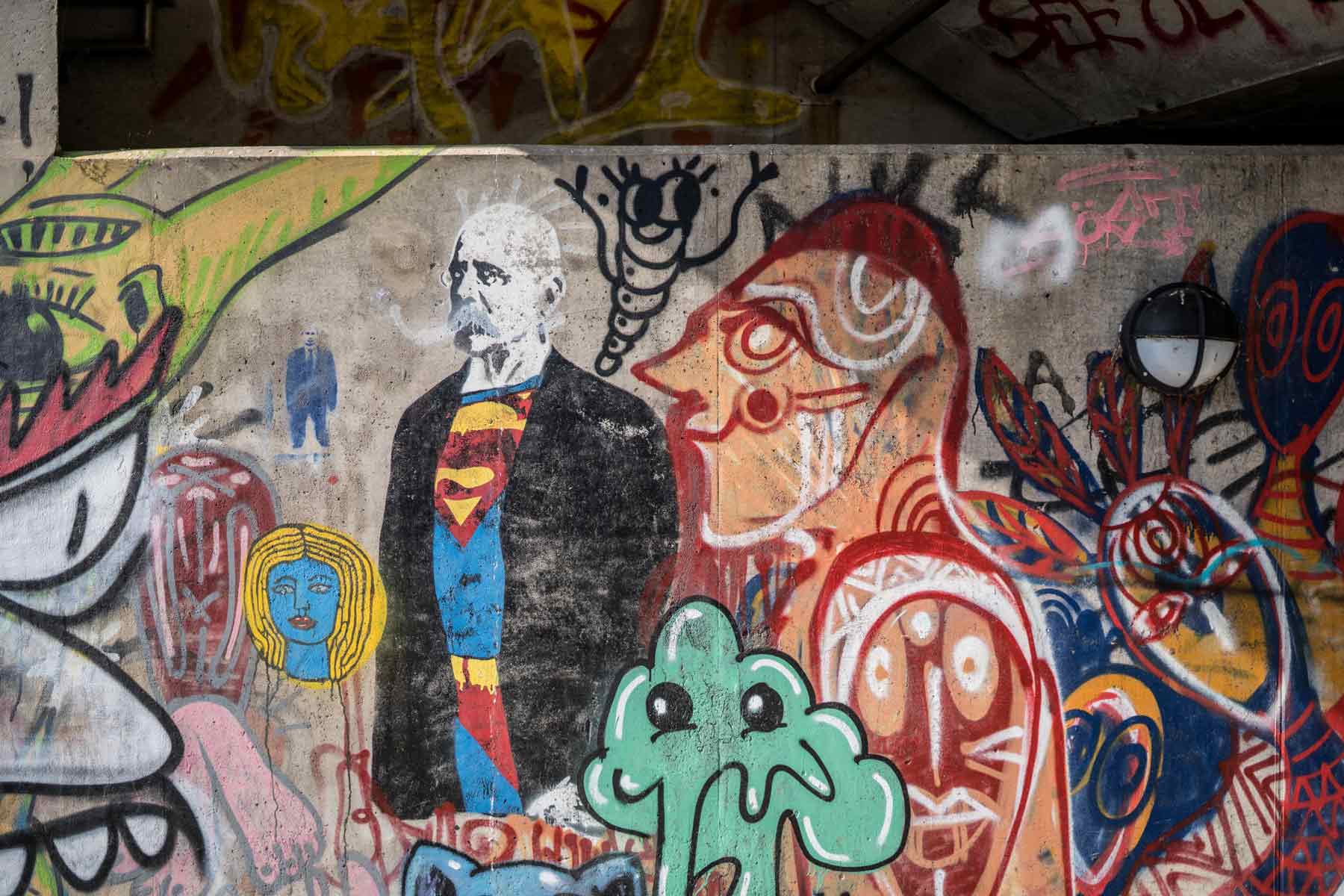 Although illegal, street art is tolerated and has become an essential part of Tartu’s identity
Although illegal, street art is tolerated and has become an essential part of Tartu’s identity
One of the year’s biggest events will take place in Tartu, inspired by its Kissing Students statue and fountain in Town Hall Square. Kissing Tartu invites everyone to gather at the famous spot and lock lips, replicating the sculpture’s pose with the goal of creating a mass kissing event radiating openness, humanity and respect.
The city also demonstrates openness through its approach to street art. Although illegal, street art is tolerated and has become an essential part of Tartu’s identity. Its Stencibilbity festival attracts artists from all over the world every year, and the city’s urban spaces are graced with works by artists from Chile, Germany and France. This year, it will host Europe’s biggest sticker exhibition.
Sign up to The Parliament's weekly newsletter
Every Friday our editorial team goes behind the headlines to offer insight and analysis on the key stories driving the EU agenda. Subscribe for free here.